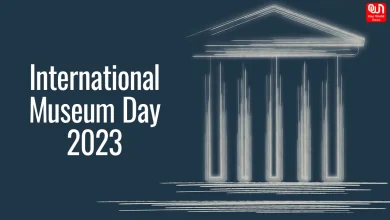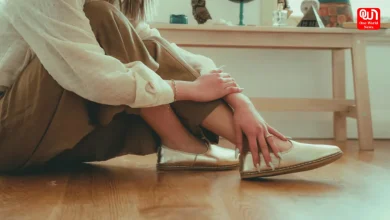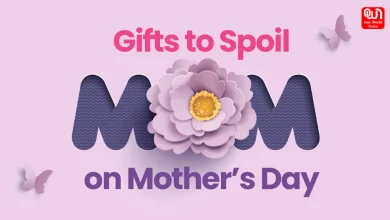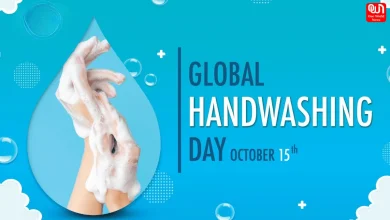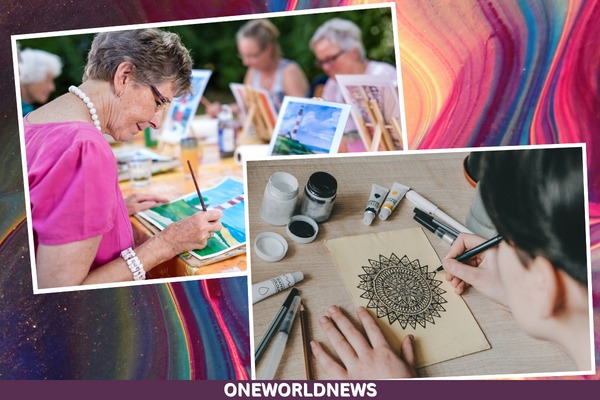
Exploring the world of therapy through art
Mohini is currently based in Bangalore and has been practicing for the last three years as an expressive arts therapist. Read on as she shares insights into her world, therapy and art. Mohini studied Psychology at Lady Sri Ram College for Women and did her Masters in Applied Clinical psychology from Tata Institute of Social Science (TISS). It was during her Post graduation that she came across the concept of expressive arts and using art as a way of therapy.
Fuelled by this passion, she got her Expressive Creative Arts Therapies certification and has been working with individuals and groups using this form of therapy.
Being a therapist means constantly learning, updating yourself, and evolving as a person. In the spirit of being the best at what she does, Mohini is also training in Transactional Analysis (TA)- a method of therapy she wants to merge with her current practice and provide a more holistic approach to the client.
What is Expressive Arts Therapist?
Expressive arts therapy explores the unknown through movement, art, dance, or drama. Physical movement, drawing, painting, drama, use of music, and creative writing are all mediums that are used to bring out what the client is feeling. An activity done in this therapy is “free writing – where the client writes and expresses how they are feeling. It can be as simple as ‘I don’t know what I am doing,’ and once they have written without restrictions, we see what emerges from it.”
The use of our body is essential in this form of therapy. Sitting with a client and practicing how they can be assertive prepares their physical self and helps them be more assertive when the situation demands as they now know how it feels. “There is a lot of body that gets involved with it. So, when something changes, your body also learns to change with it.”
In such an eclectic approach, it is not just the cognition, but the body that gets challenged as the experiences of thoughts reside in our body. “It is to really find safety in your body.”

“The beauty of expressive arts therapy lies in the fact that we can use more than one medium with the client. We start with movement, go to drama, and painting, and we maybe end with creative writing. The journey the client undertakes from when they started to when they ended is of the essence here.”
How can you become an Expressive Arts based Therapist?
”Having a background in Psychology will always be beneficial when choosing the line of therapy. Graduation and Masters in Psychology is a good start for those looking to pursue a career in Expressive Arts based therapy. A certification course, training and being under a supervisor is also essential for your practice.”
Changing our Wirings
Another activity that is often used is mirroring, in which one person copies what the other person does. “We have a restrictive way of movement; however, if you observe someone and mirror them, there would be new movements, leading to new wirings. We talk about patterns and how neurotransmitters work, but with new experiences, the neurons would fire differently.” This is what truly helps in therapy, bringing about a change and helping form new experiences.
The World of Online Therapy
The pandemic was a time when everything moved online- be it classes or therapy. On being asked if movement is restricted when she does online sessions, she replies, “I always discuss with the client what the approach would look like, and the prerequisites would be to have enough space and privacy. However, not every session has movements, and I plan my sessions accordingly. Of course, online work has challenges, but it is an understanding between me and my client and how much we can work on.”

The Challenges
In a space where therapy itself is a new concept for people, the use of expressive arts as a means of therapy takes things one step forward. Speaking on this, Mohini adds that she has had a mixed response from people. Many people choose this approach as it is far less daunting because in expressive arts therapy, there is a concept of “Aesthetic Distance- where even when you are talking about something personal, by using art, a distance gets created between you and the thing.”
Read more: Jamia student: Scrapping of Maulana Azad Fellowship is a direct assault on Article 46
Expressive arts therapy is more open, and there is a lot of co-creation. As an expressive arts therapy-based practitioner, she feels that the idea is not to be ten steps ahead of the client but to take the journey with them, look at how they make meaning of their artwork, and help them make sense of their feelings. “This is where I wear the curious hat and not be analytical. I try to look at why the client used a particular color, drew in a small section or what they are not addressing and enquire more compassionately.” This contrasts traditional approaches, where the therapist has a lot of onus to make sense of things and bring it to the client.
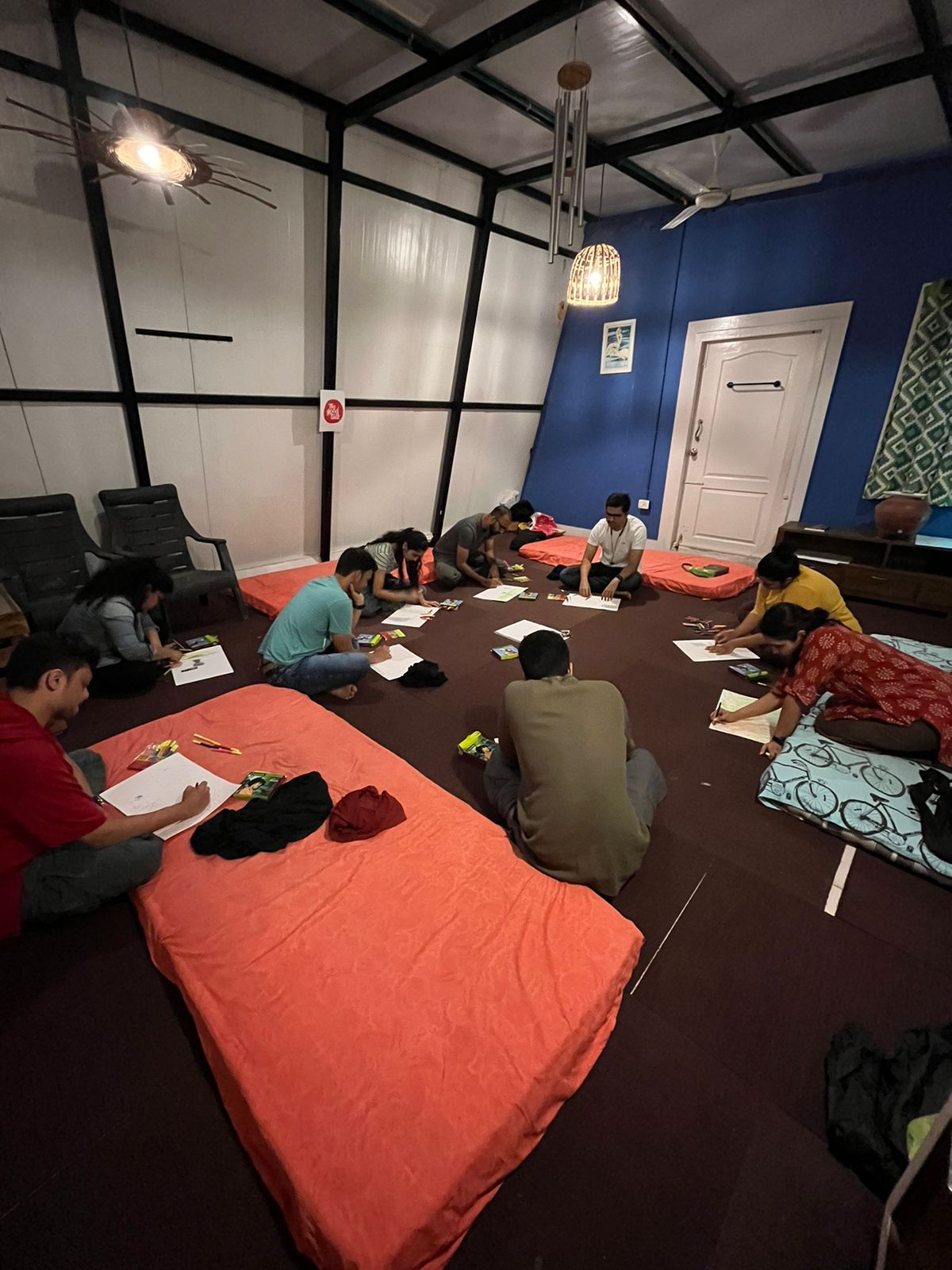
Just like with any other treatment, there can be resistance from the client, and as they progress with the therapy, they deal with it gradually. Working through the resistance can resurface a lot of memories, and these memories can help the client understand what and why they feel a certain way. “It is always important to look at the resistance instead of moving away from it.”
Any form of therapy is a process, a process that we need to undertake to understand ourselves and the world around us better. Post Covid, maybe we all need a little bit of introspection and being comfortable with ourselves. If you ever choose a different medium of therapy, you can always try Expressive Arts therapy.


